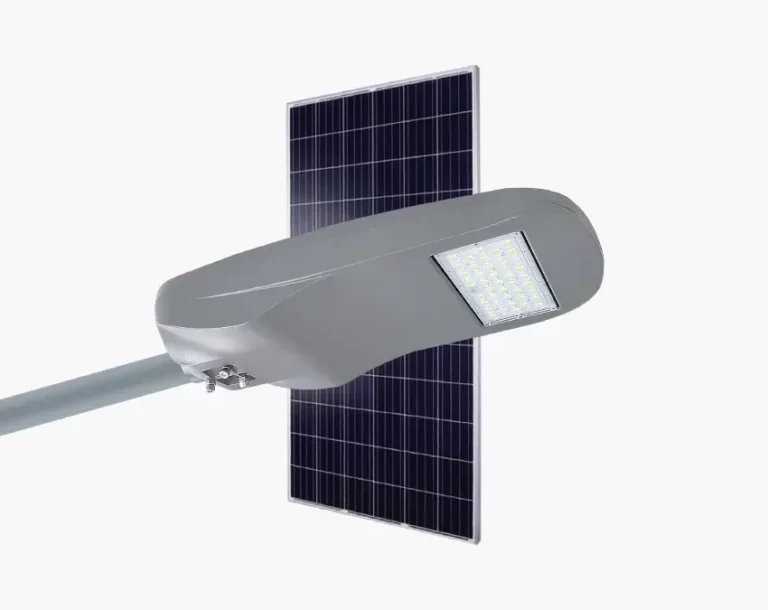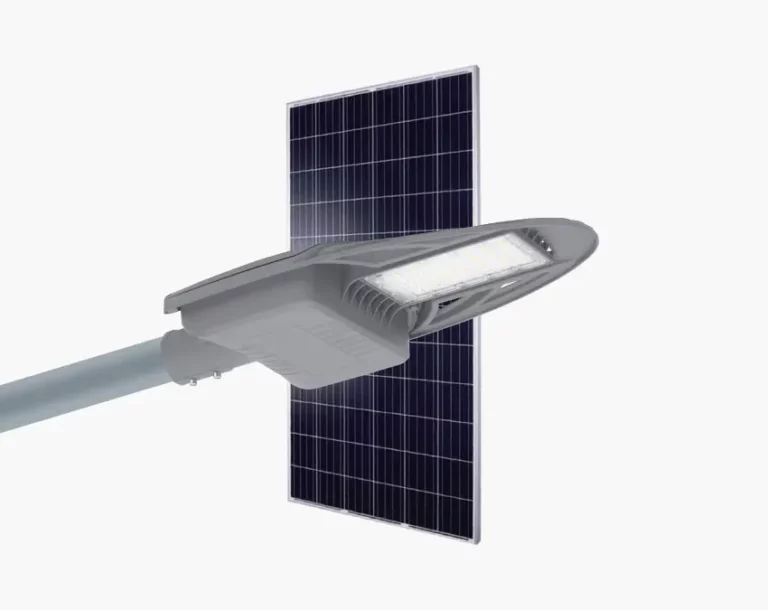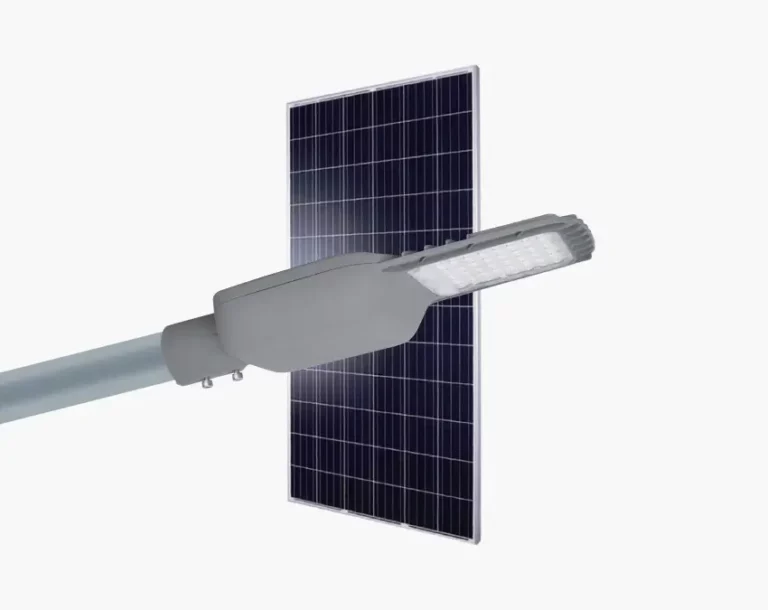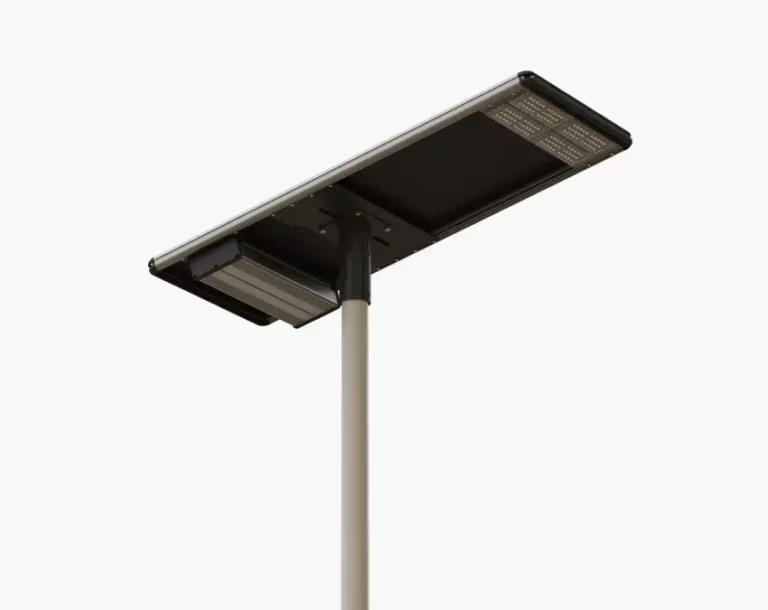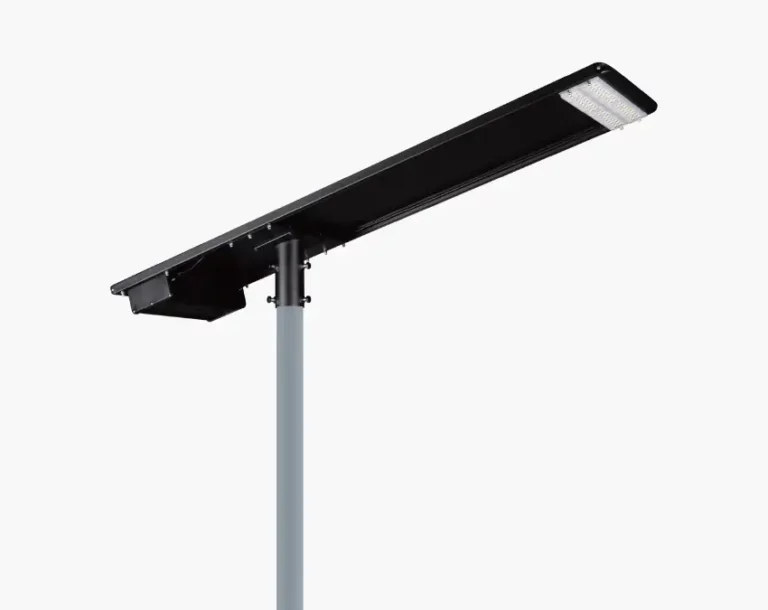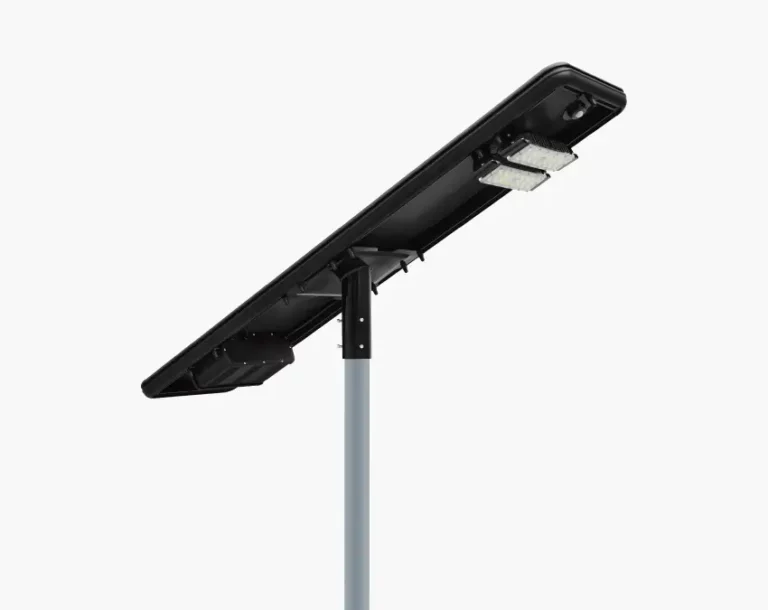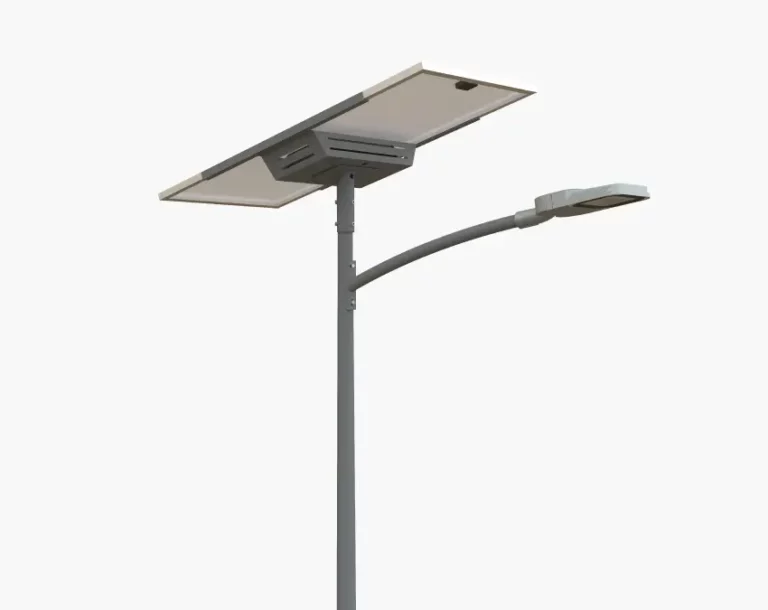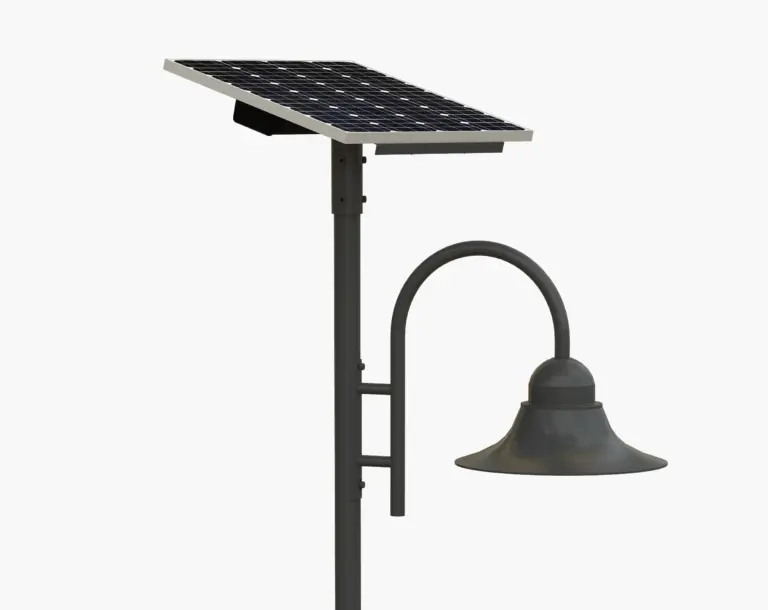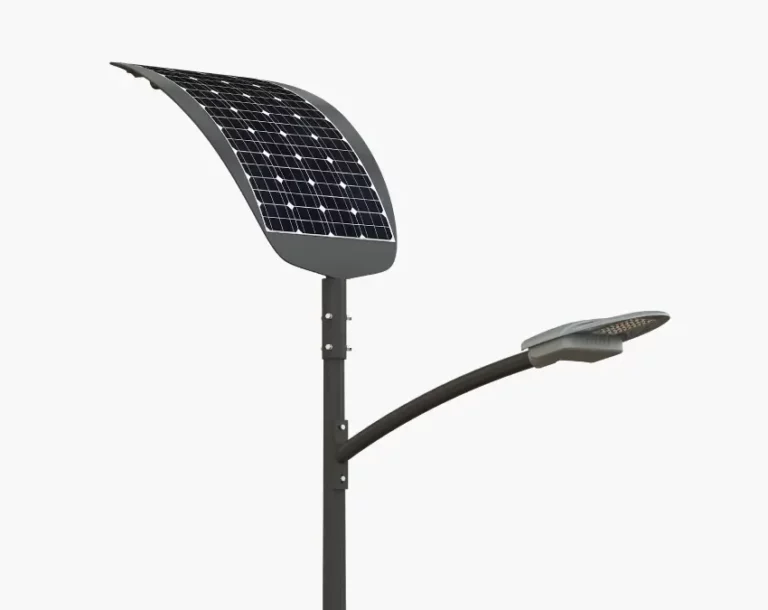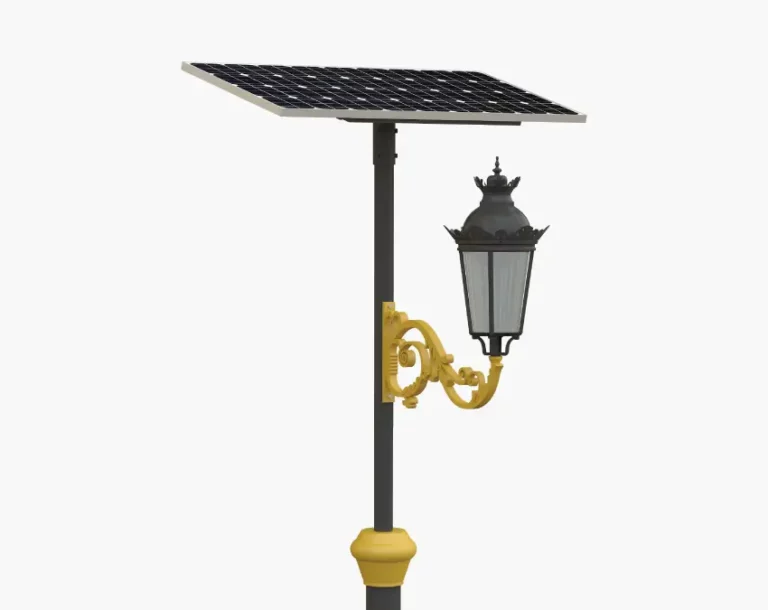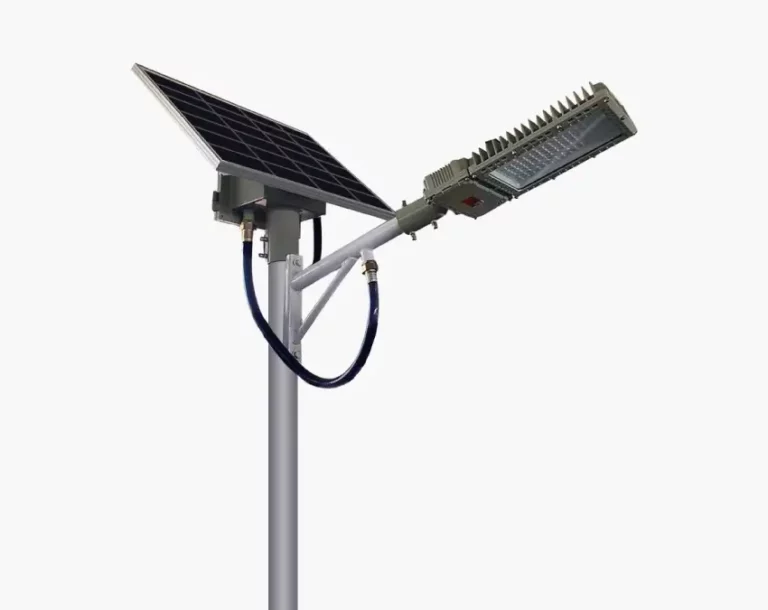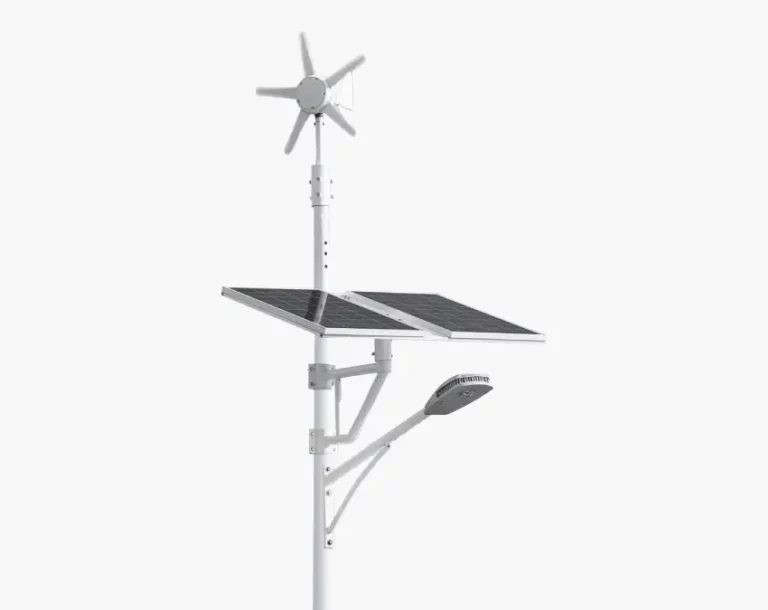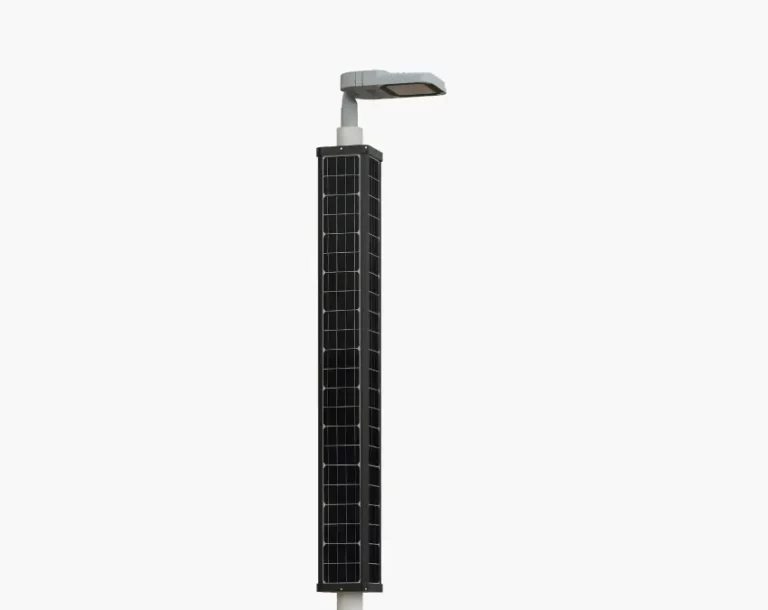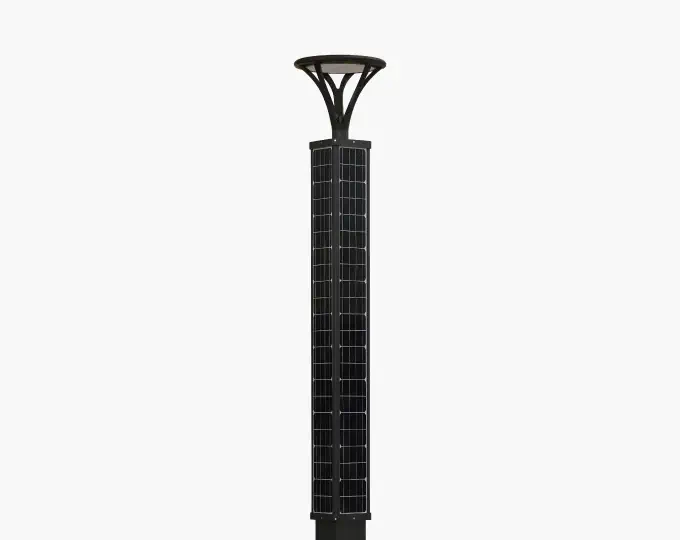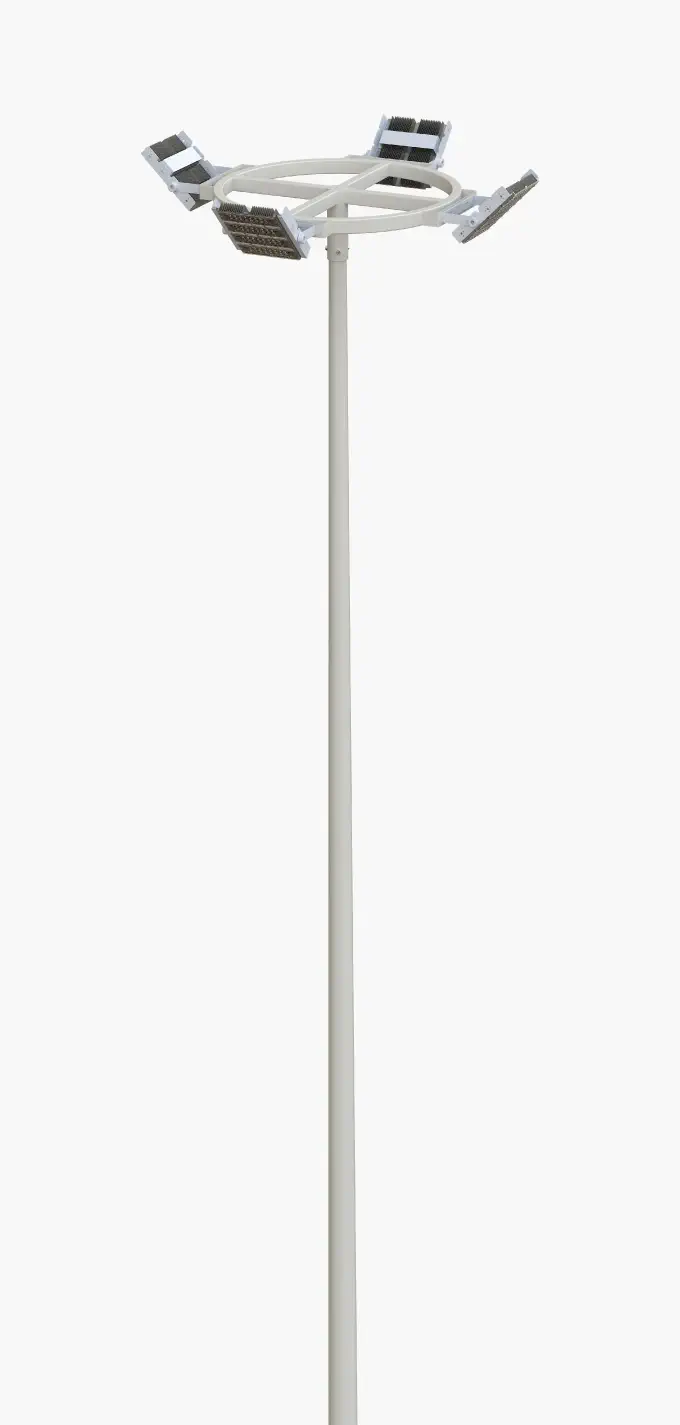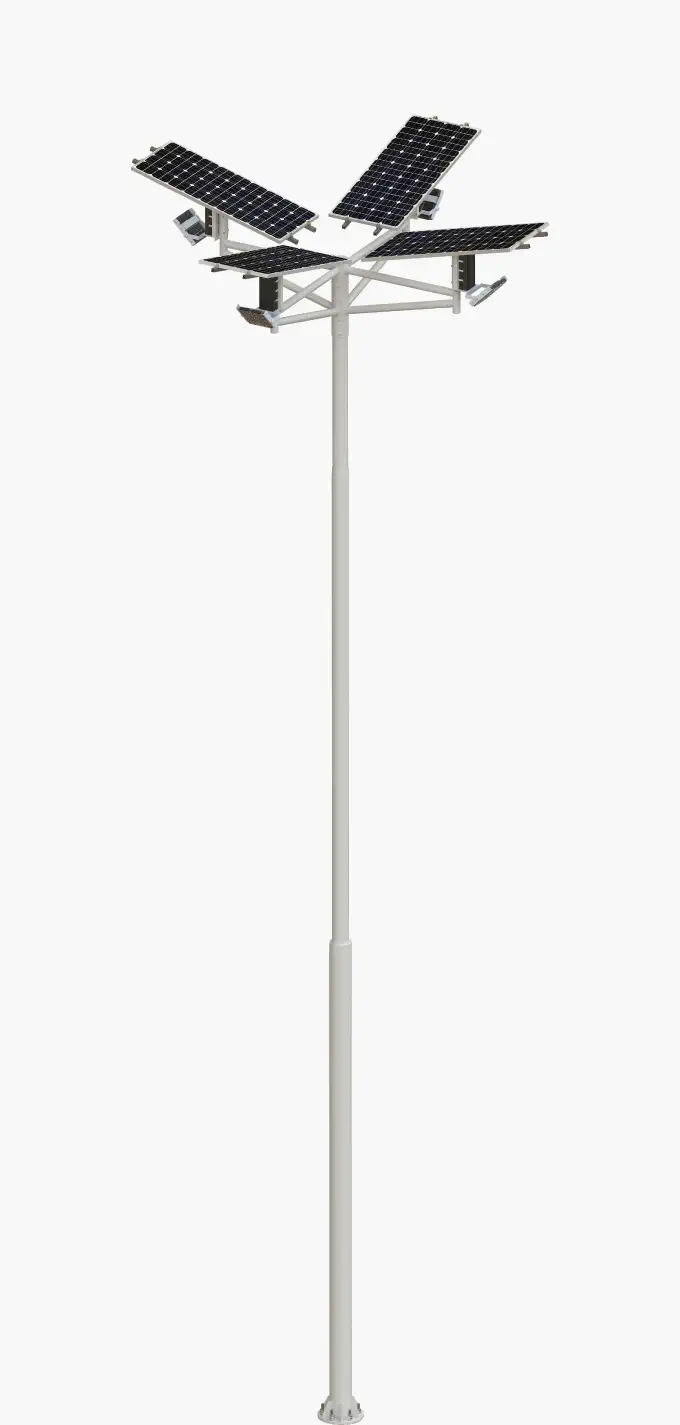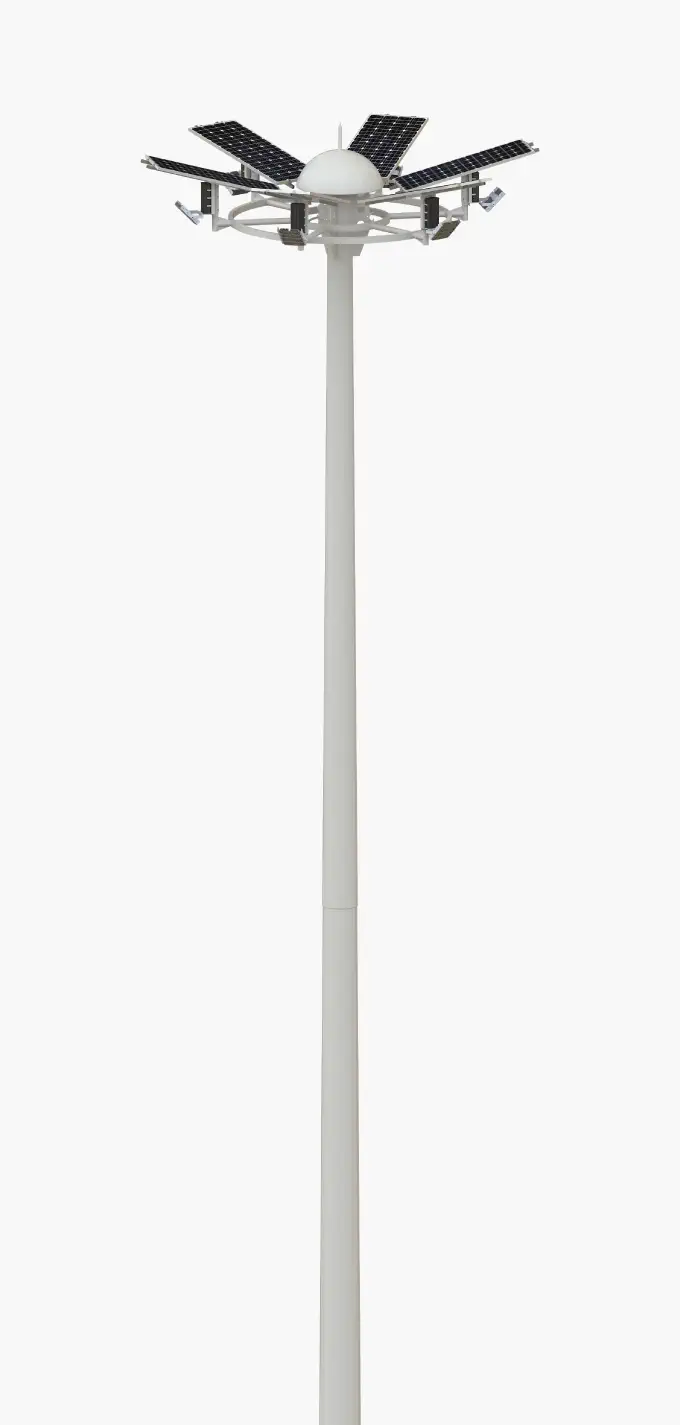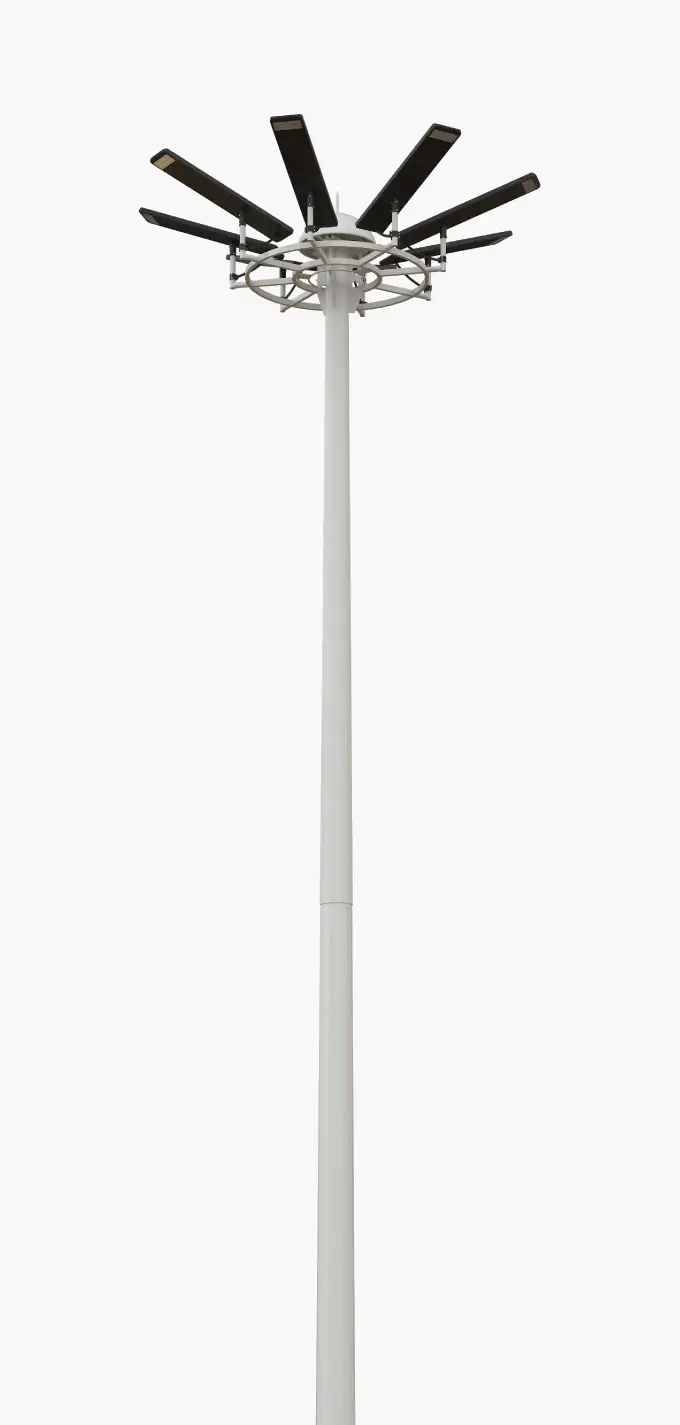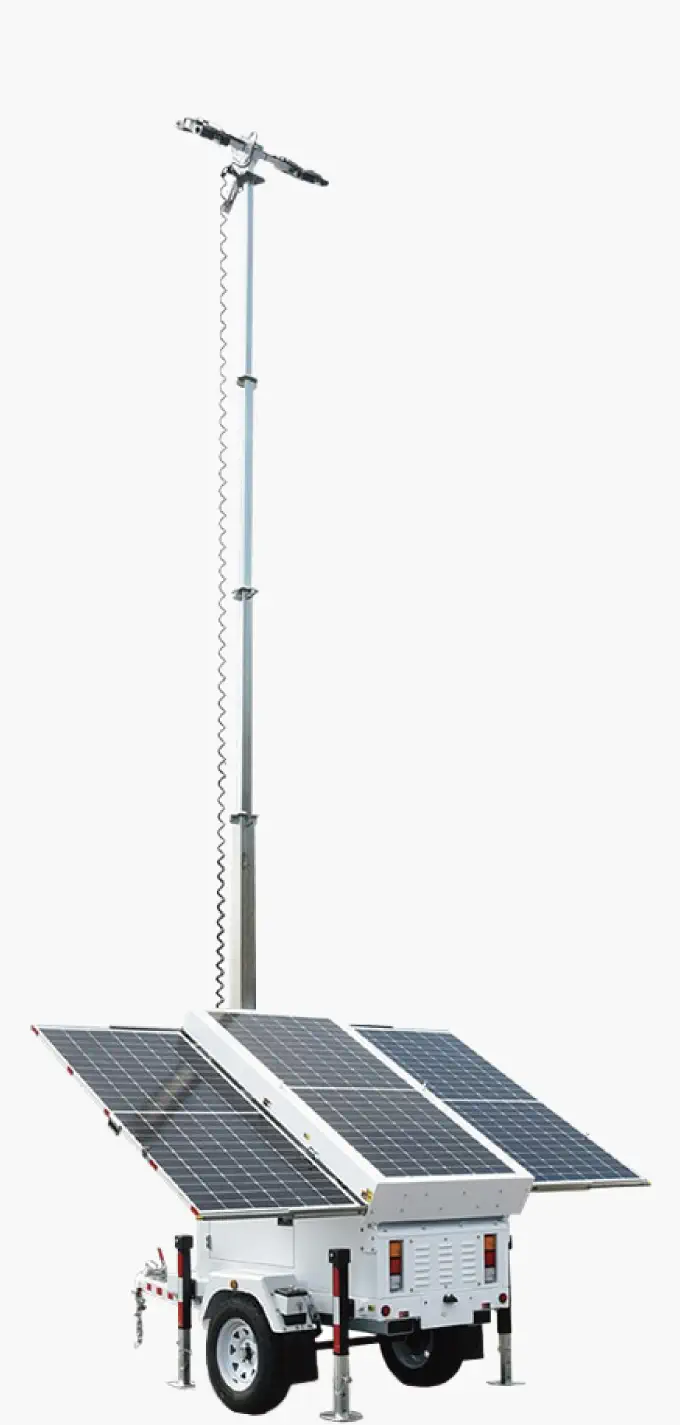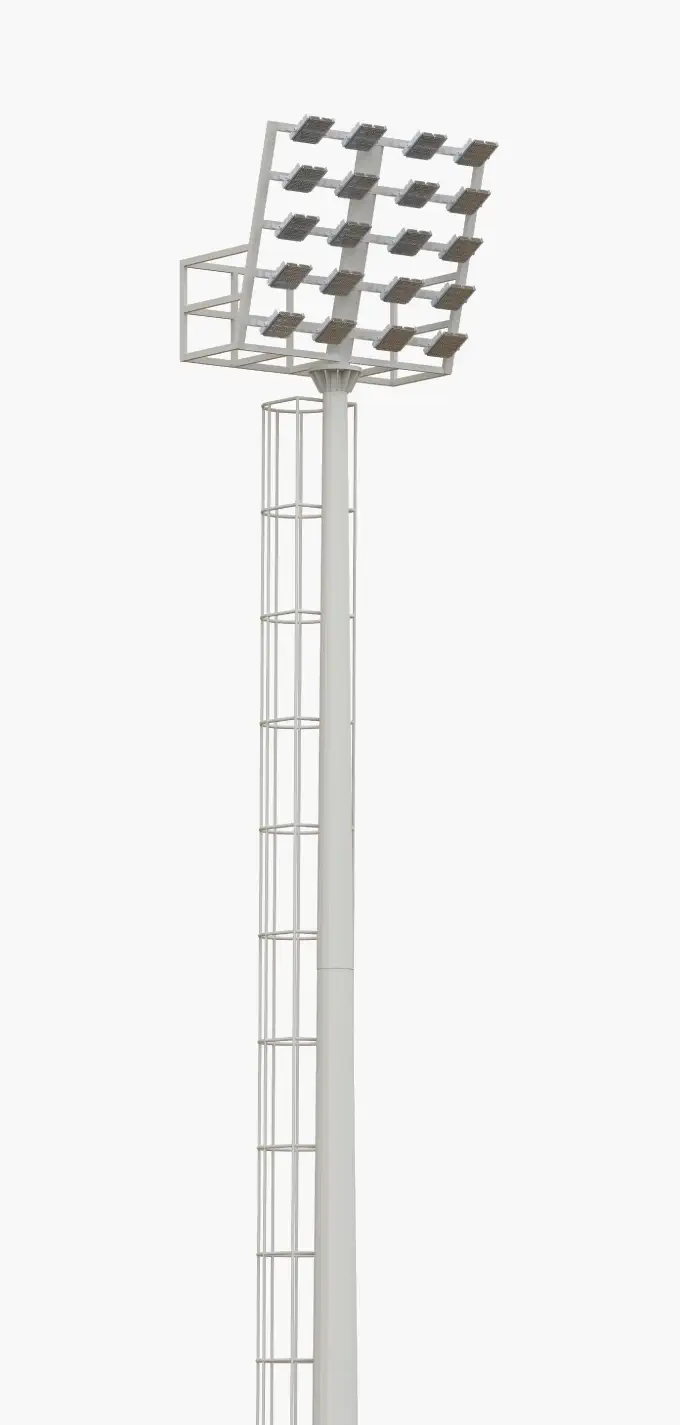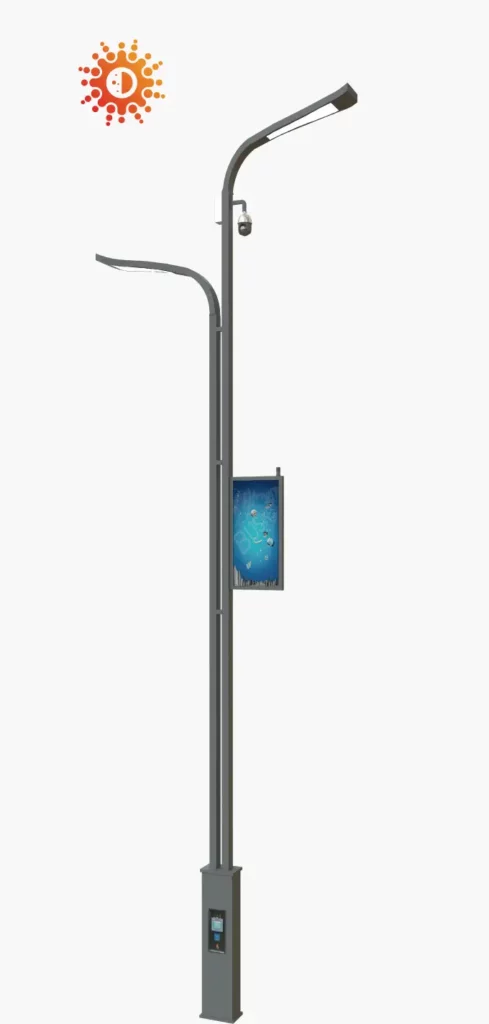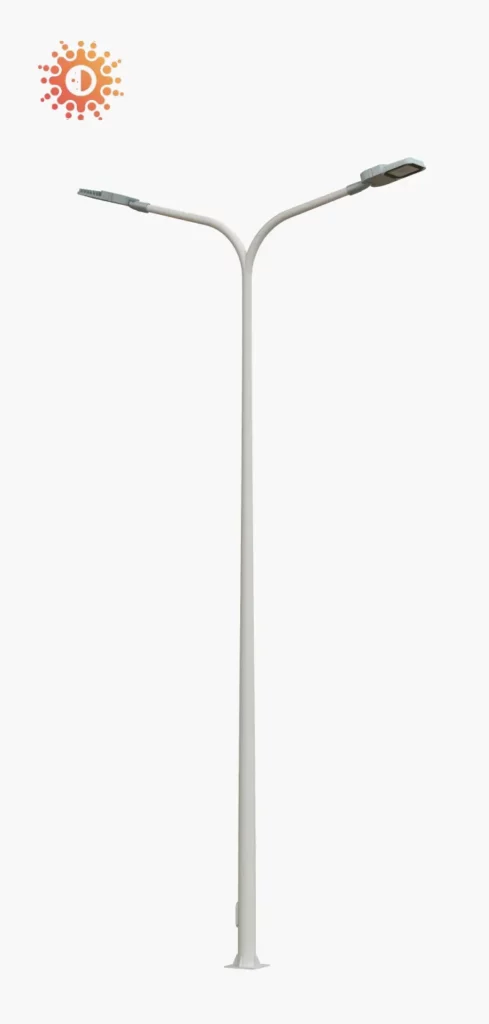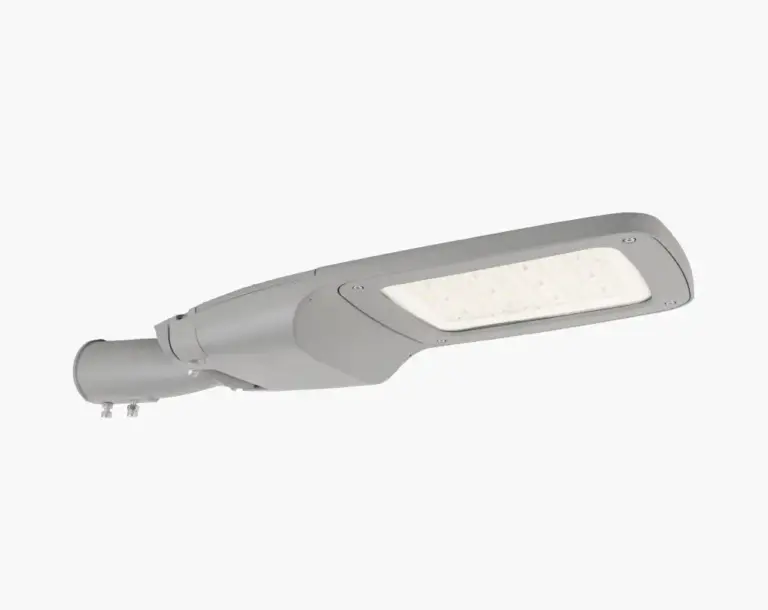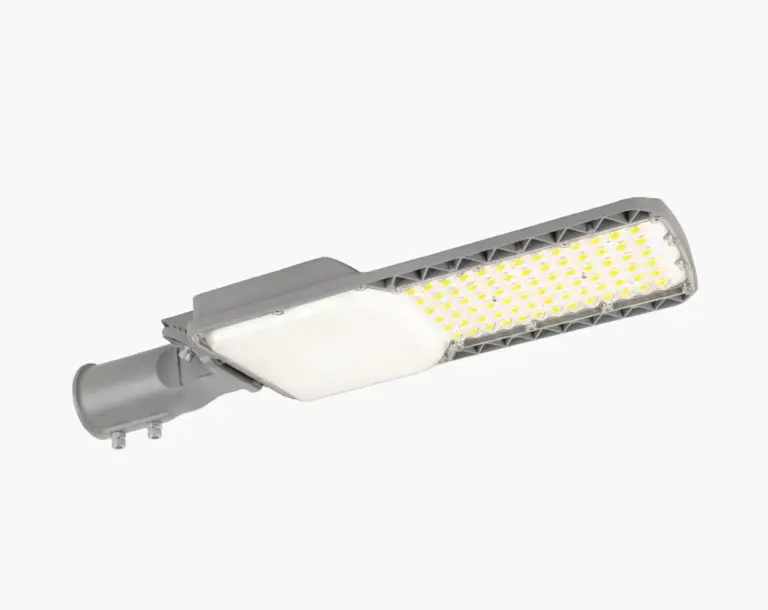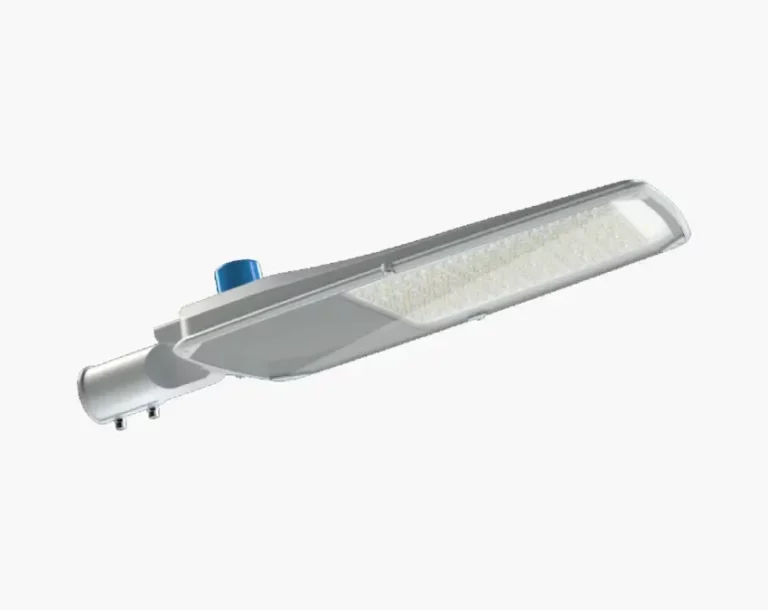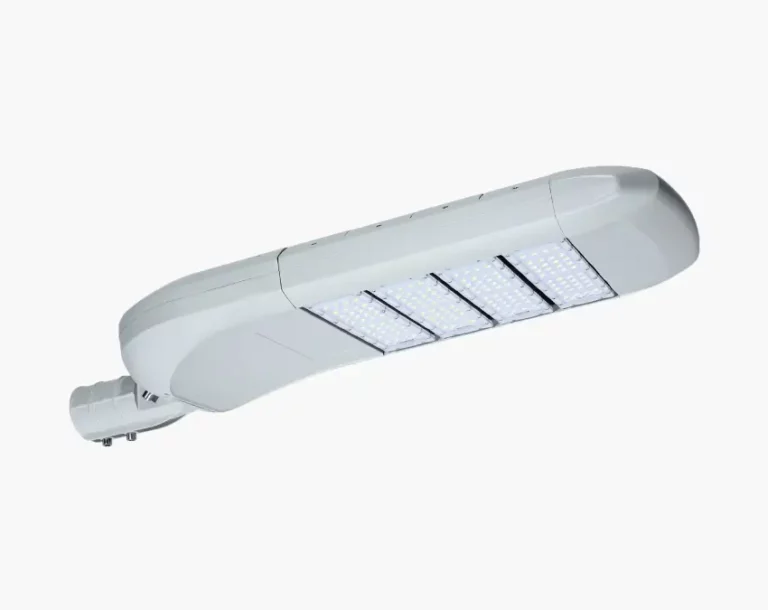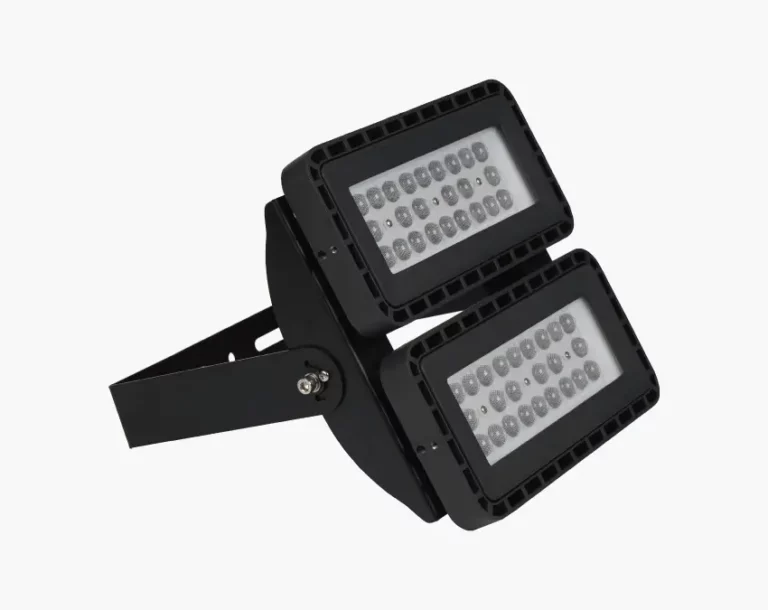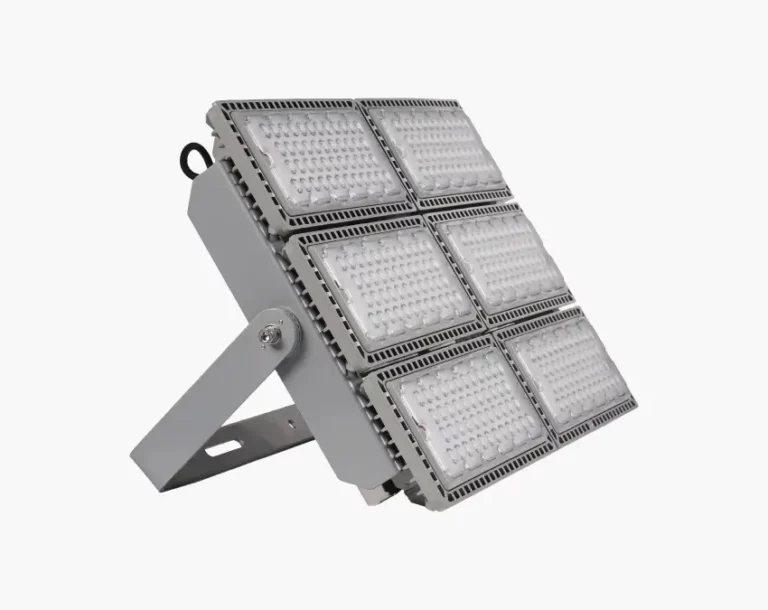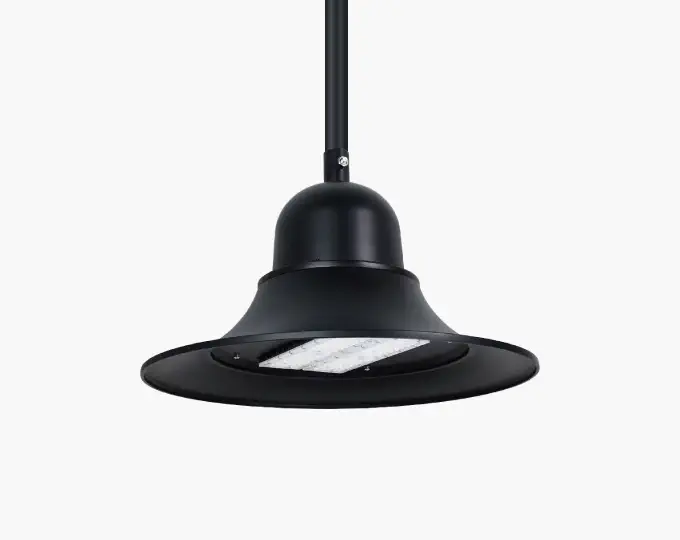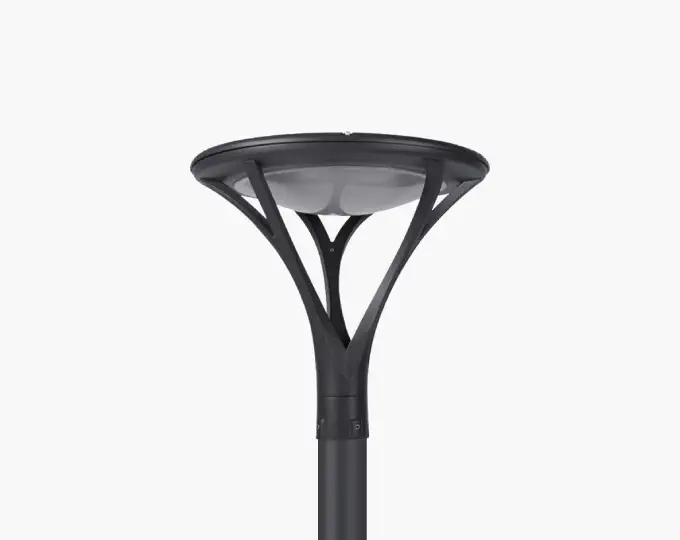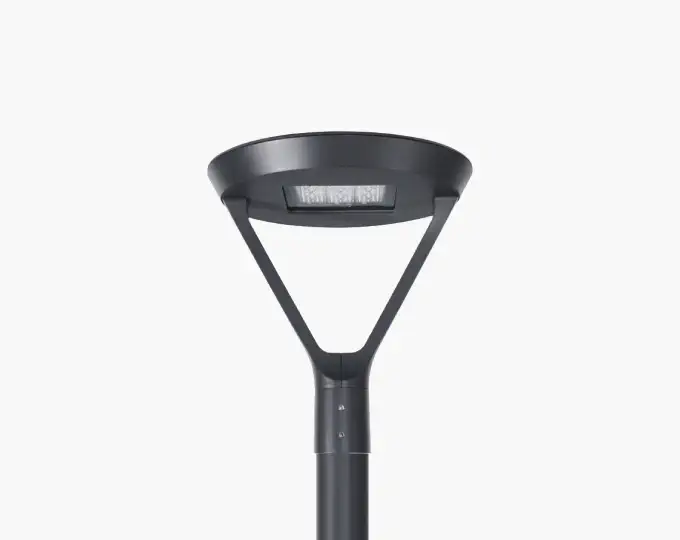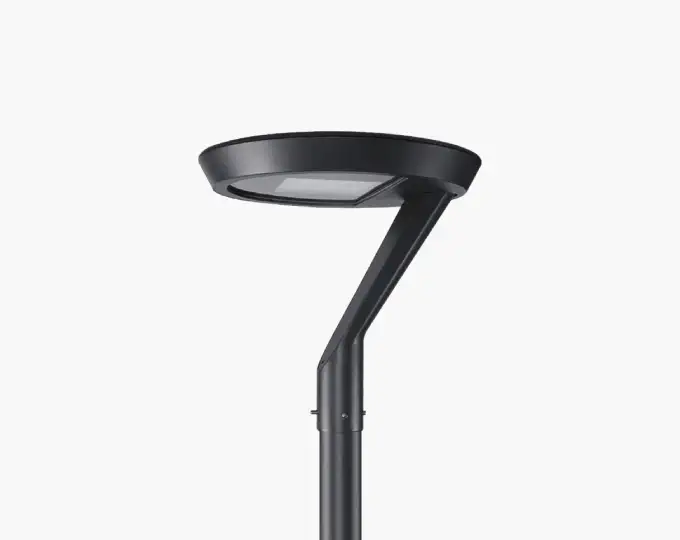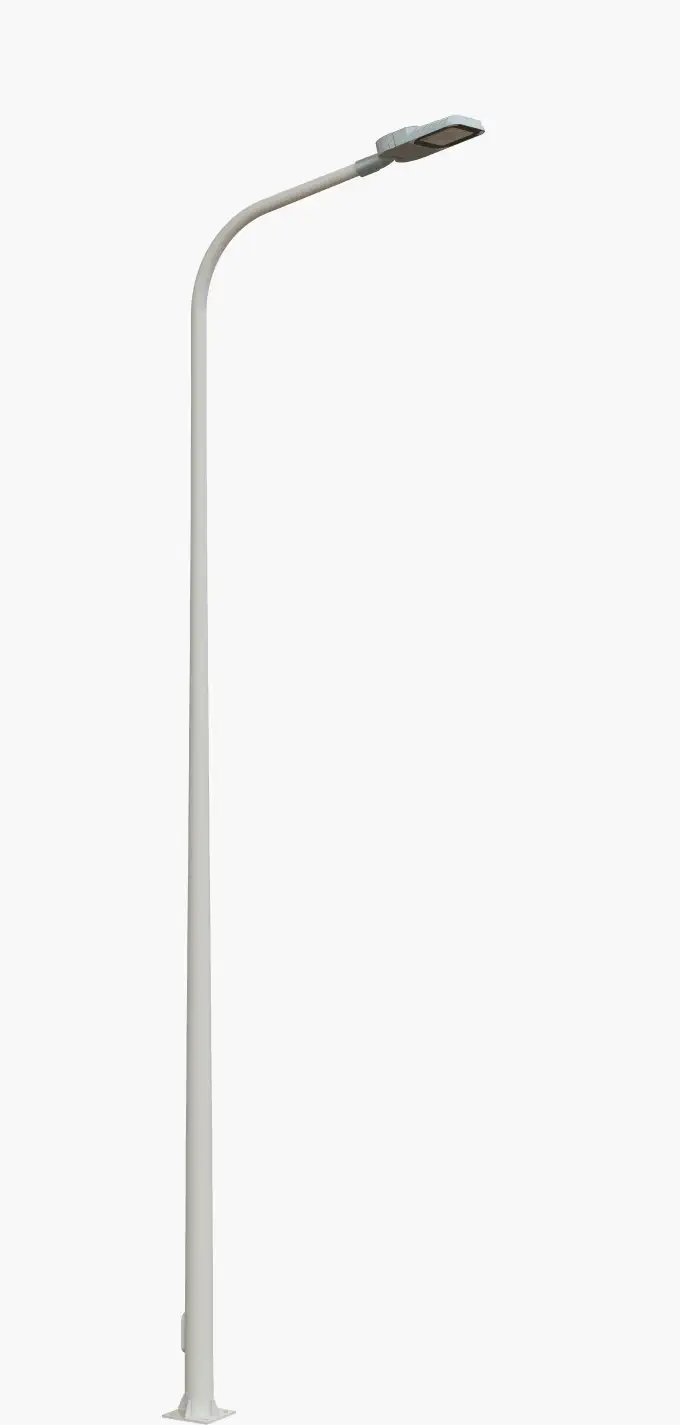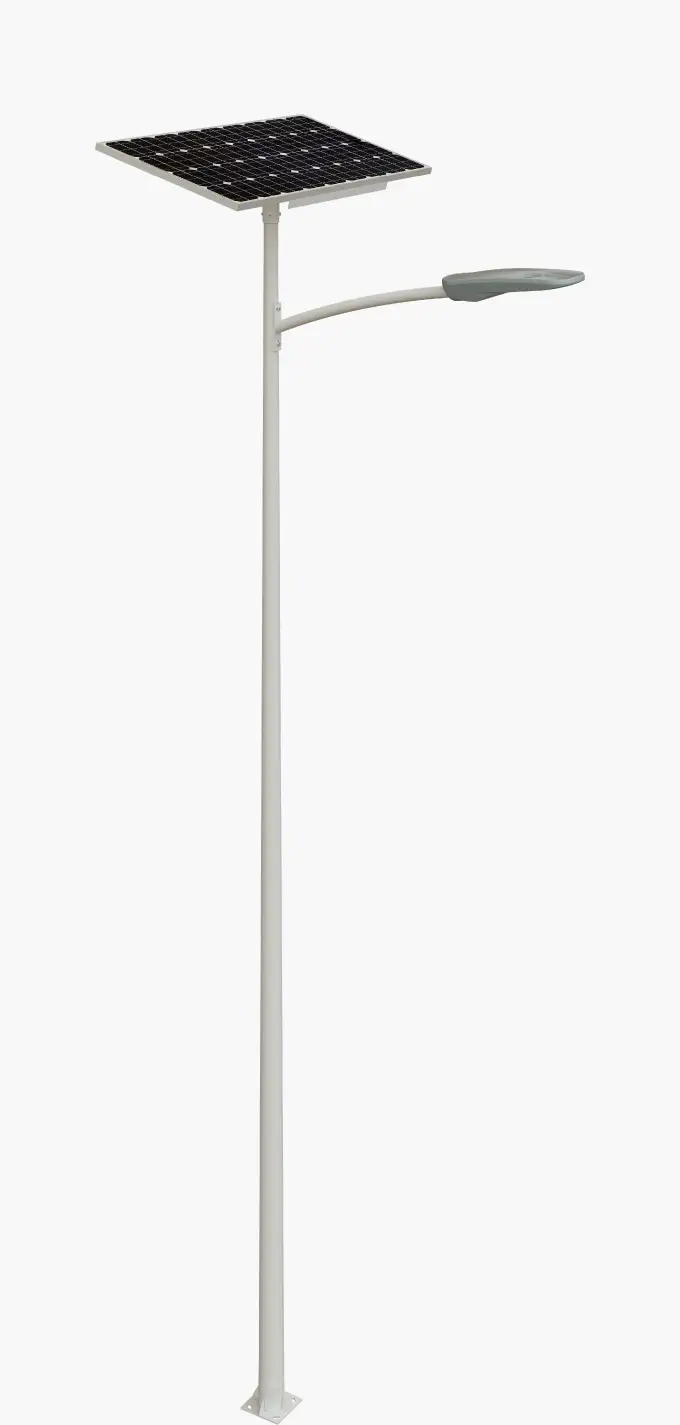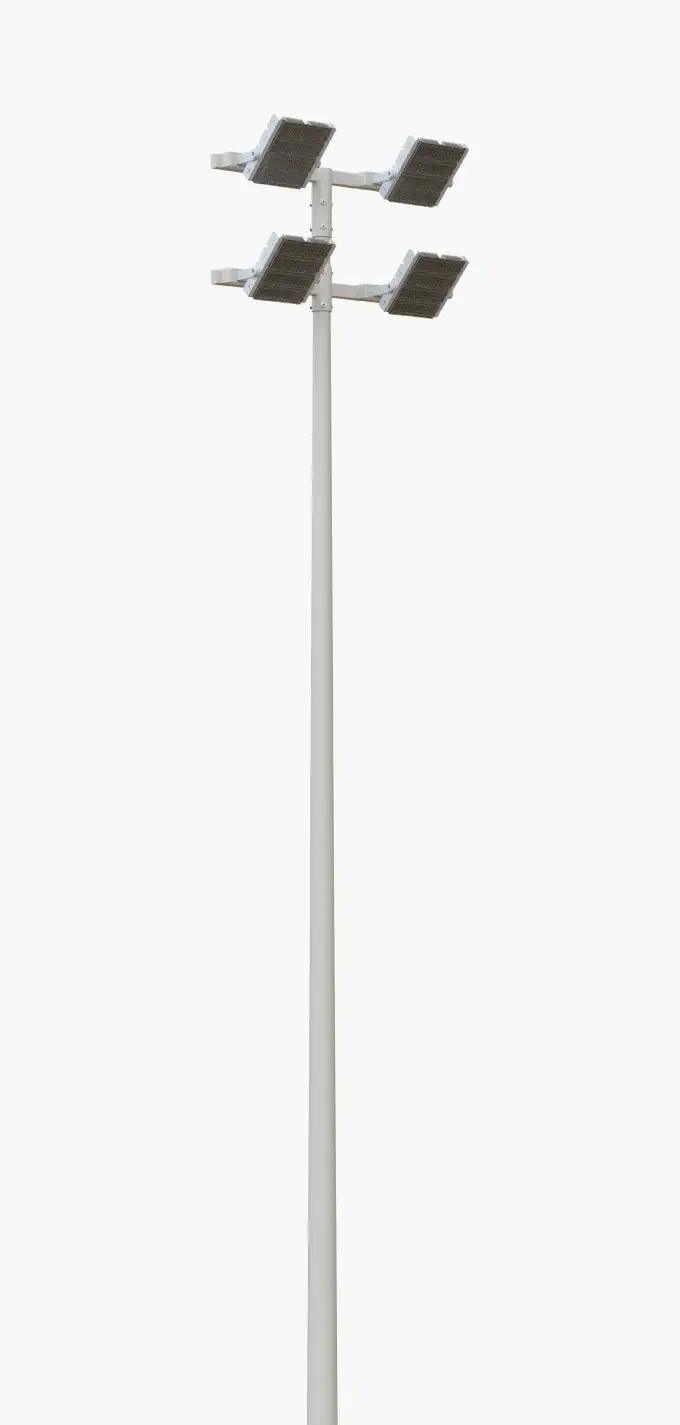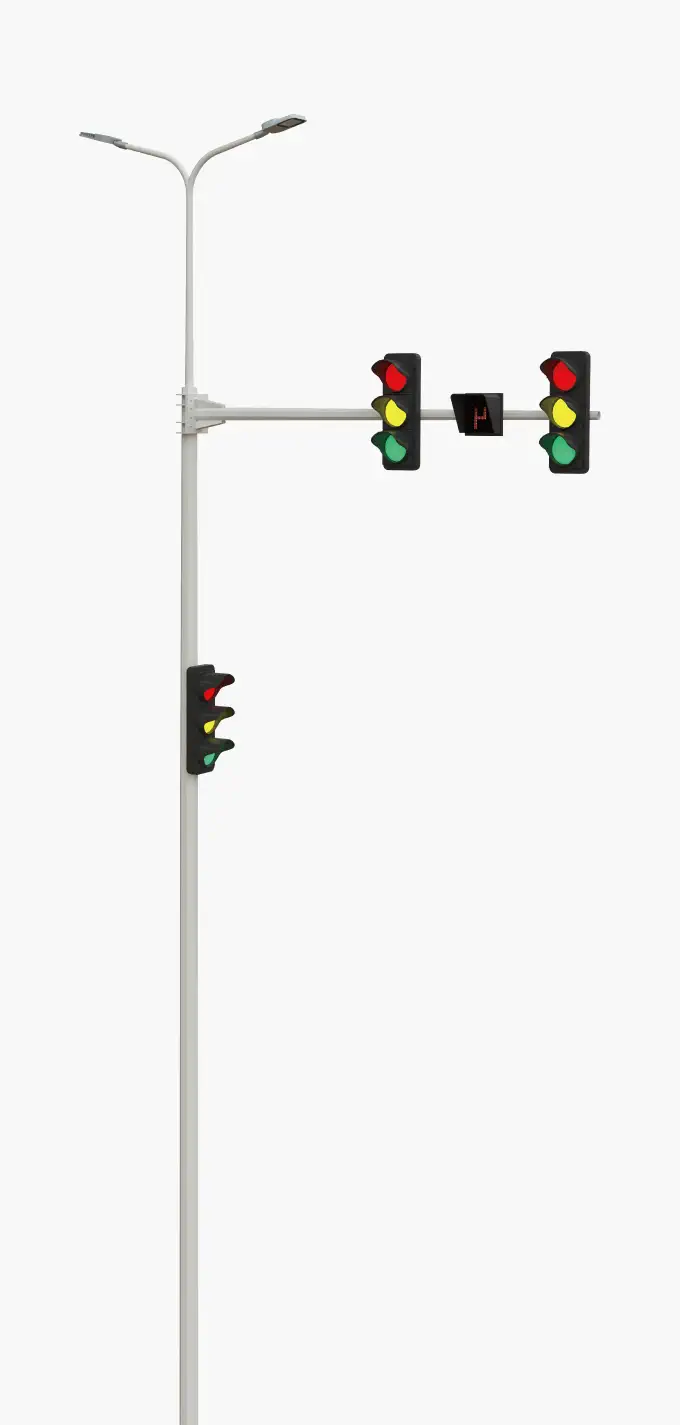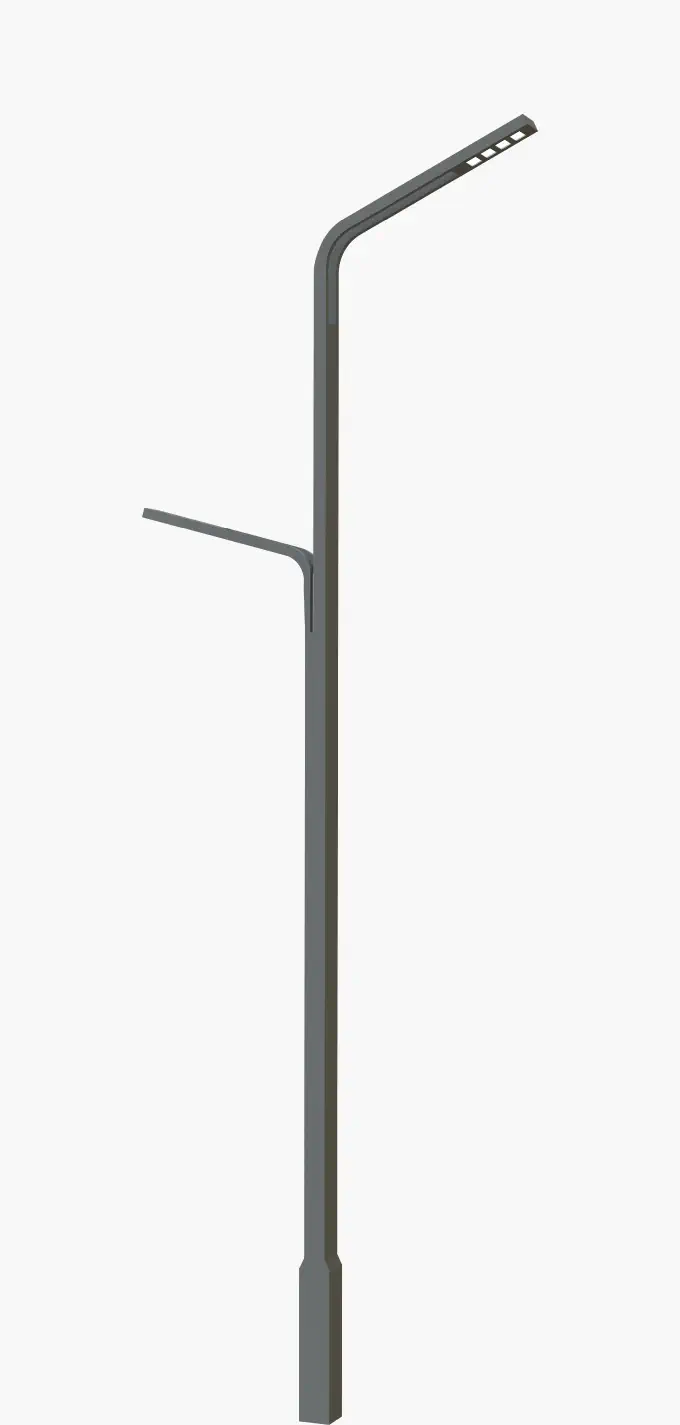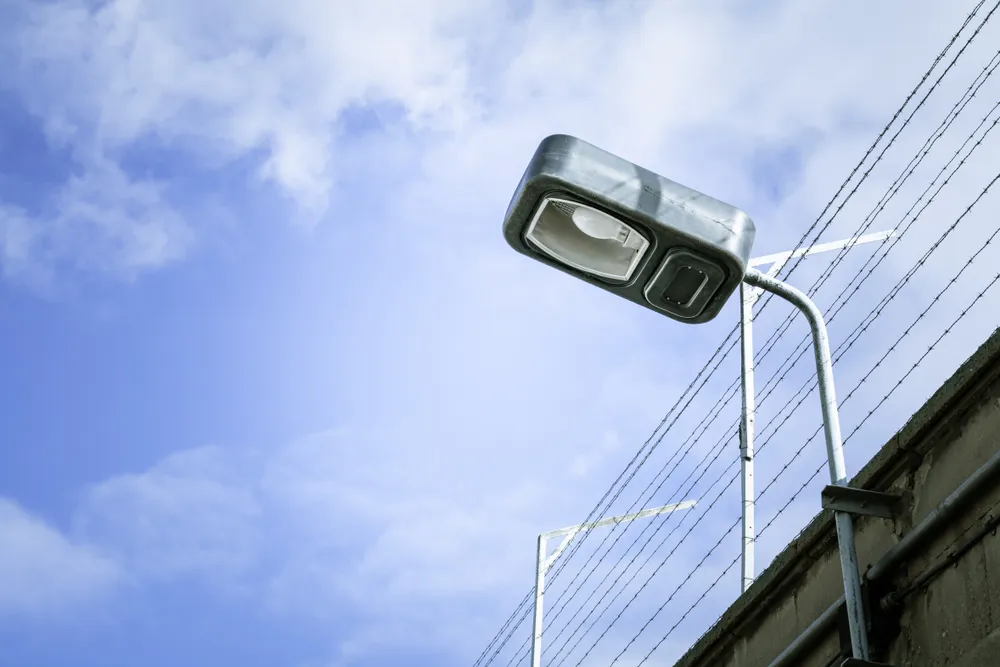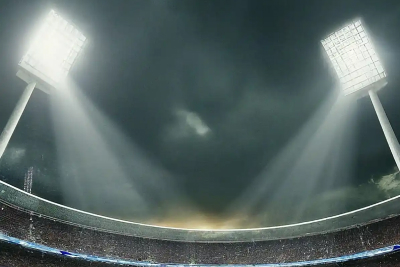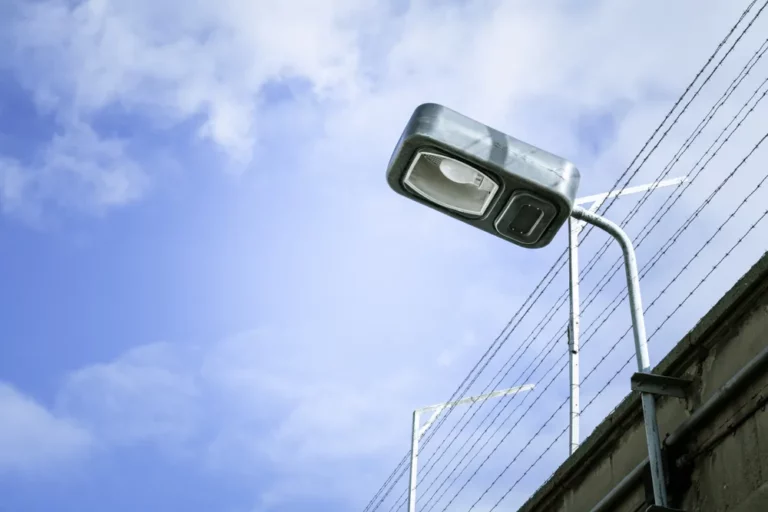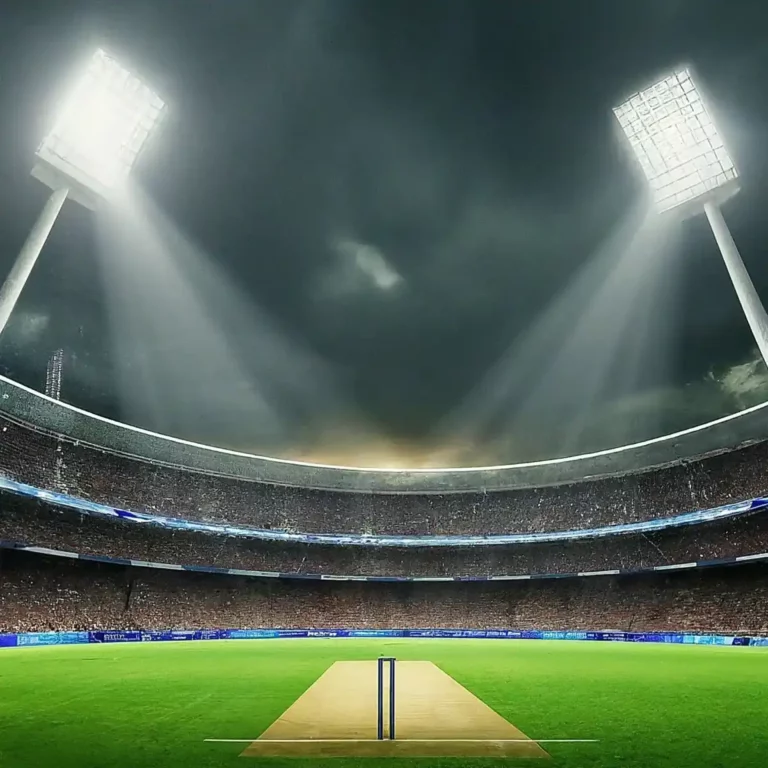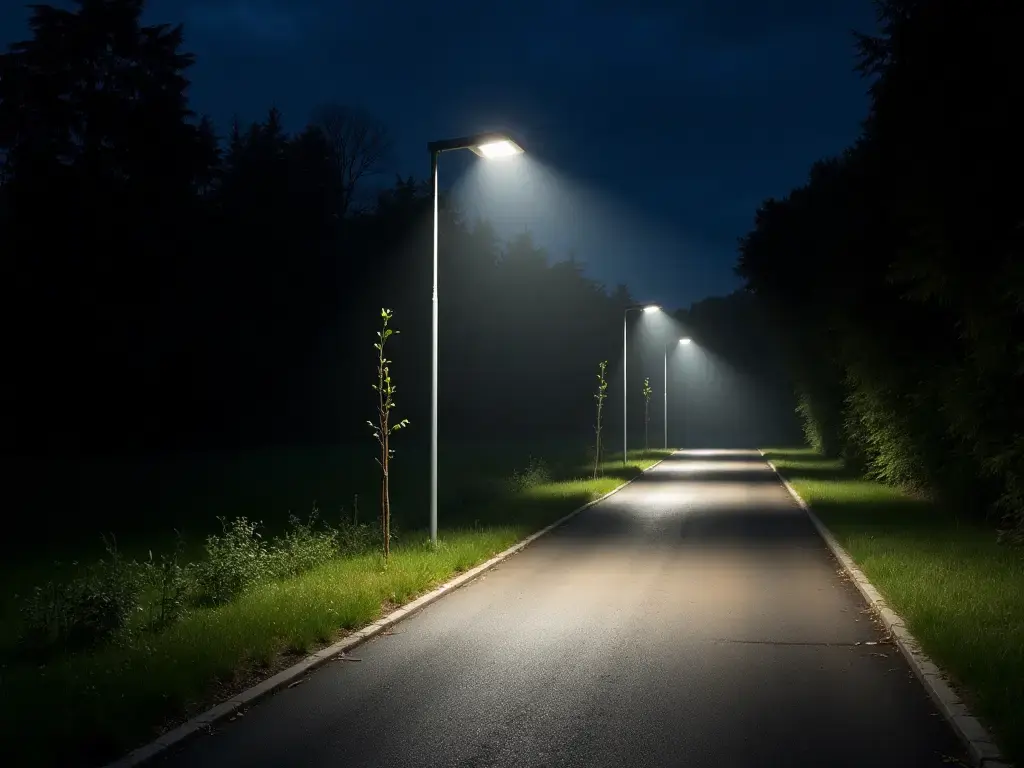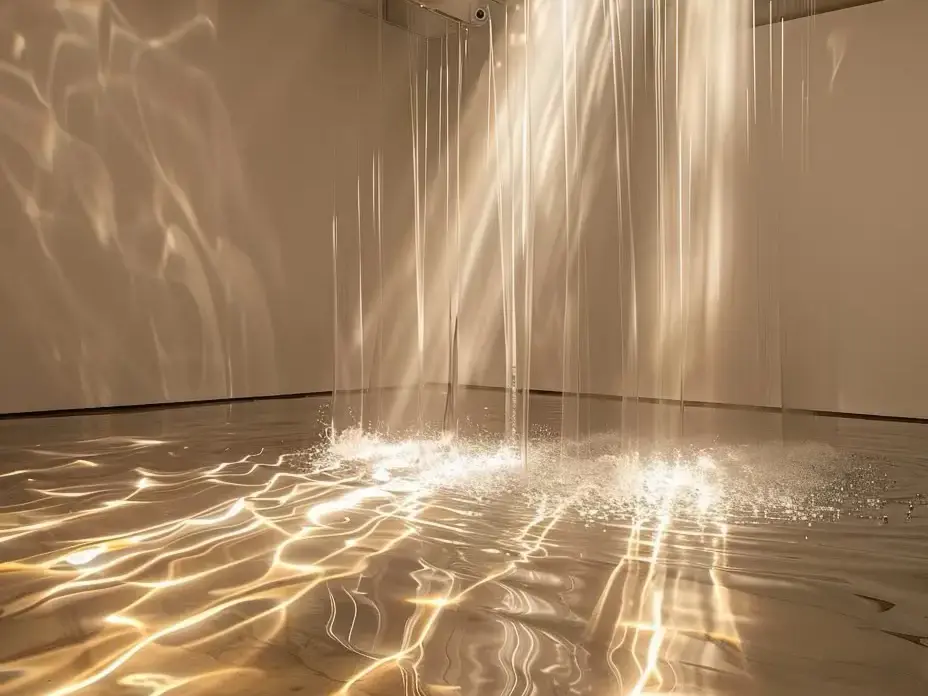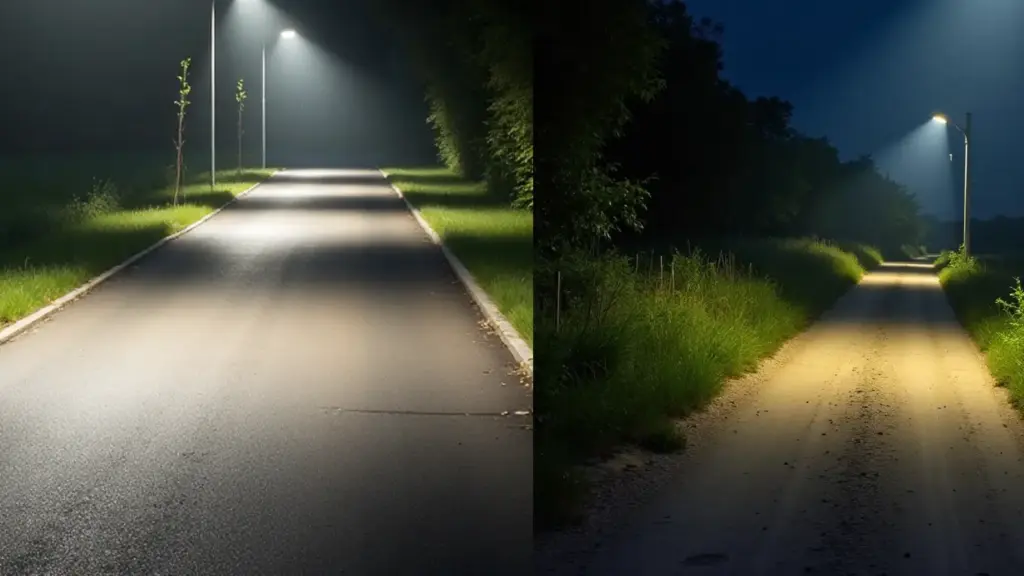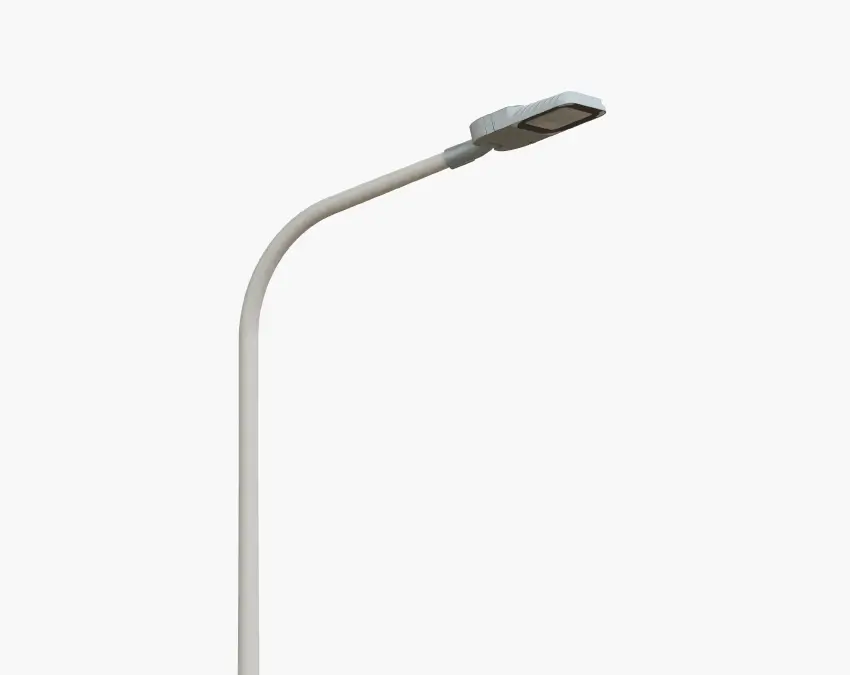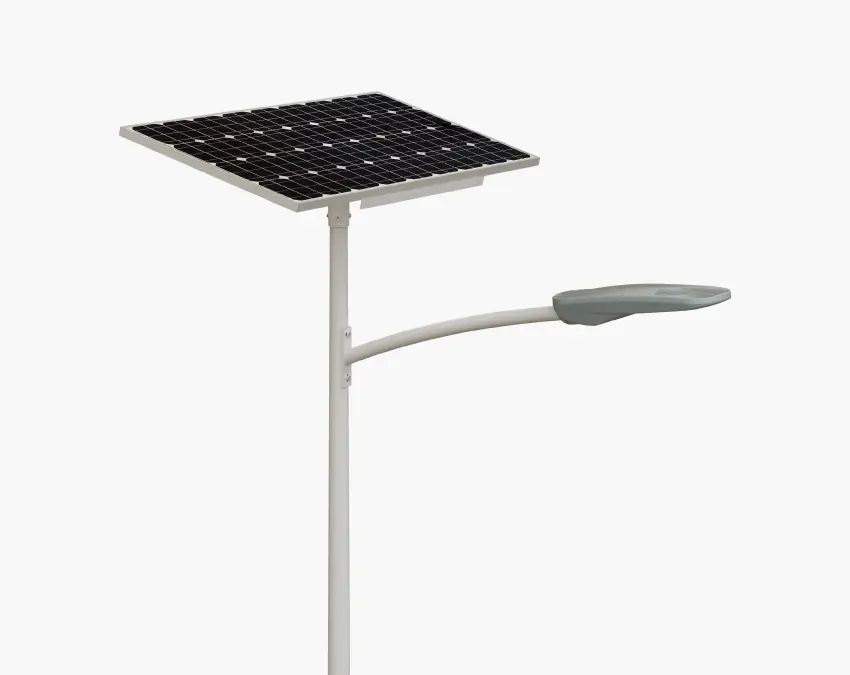When choosing lighting fixtures, many people get confused by professional terms such as “lumen”, “candela”, and “lux”. What do these parameters actually represent? How do they affect the actual lighting effect? Today, we will use the metaphor of “water” to help you easily understand the four core concepts – luminous flux, luminous intensity, illuminance, and luminance, and assist you in becoming an expert in selecting lights!
I. Luminous Flux: The total amount of light emitted by a light source
- Unit: Lumen (lm)
- Analogy: The total amount of water flowing out of a faucet
Imagine you turn on the faucet in the garden. Regardless of where the water flows, the total amount of water released by the faucet within a certain period is the luminous flux. Similarly, the total amount of visible light emitted by a lamp is the luminous flux. A larger value means the lamp is more “capable of emitting light”.
II. Luminous Intensity: The amount of light emitted by a light source in a specific direction
- Unit: Candela (cd)
- Analogy: Narrowing the faucet opening to enhance the impact force of the water flow
When water sprays out from a narrow pipe opening, the water flow becomes more concentrated and has a stronger impact force. Luminous intensity precisely describes the degree of concentration of light in a specific direction. For example, adding a lampshade to a street lamp to concentrate the light can significantly increase the candela value in a certain direction.
III. Illuminance: The luminous flux of visible light received per unit area
- Unit: Lux (lux)
- Analogy: The actual amount of water received by a flower pot
When spraying water in the garden, the flower pot closer to the faucet will receive more water. Illuminance refers to the luminous flux received per unit area, which directly determines how bright a certain area appears.
Tip: By adjusting the height or angle of the lighting fixture, you can flexibly change the distribution of illuminance.
IV. Luminance: A subjective quantity
- Unit: Nit (nit)/Candela per square meter (cd/m²)
- Analogy: The difference in the appearance of wetness on different material surfaces
When the same amount of water is splashed on tiles and a blanket, the tiles will appear more “wet and reflective”. Luminance reflects the degree of brightness of an object’s surface perceived by the human eye. It is affected by illuminance and also related to the reflectivity of the material itself. For example, a white wall appears “brighter” than a dark wood finish, even though they may have the same illuminance.
Analysis of Comprehensive Application Scenarios
Taking street lighting as an example:
- Luminous Flux: The total amount of light emitted by the streetlight lamp head
- Luminous Intensity: The total amount of light emitted towards the main road
- Illuminance: Ensuring that the road surface reaches the specified brightness index
- Luminance: The brightness of the road surface perceived by the human eye. For example, lamp heads with the same luminous flux will present different luminance when shining on a cement road, an asphalt road, and a dirt road.
Golden Tips for Selecting Lighting Fixtures
✅ Look at the overall situation → Luminous Flux (lm)
✅ Look at the light concentration → Luminous Intensity (cd)
✅ Look at the landing point → Illuminance (lux)
✅ Look at the material → Luminance adjustment scheme (cd/m²)

